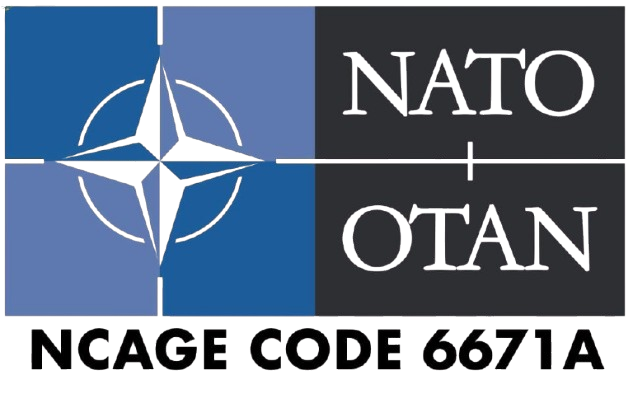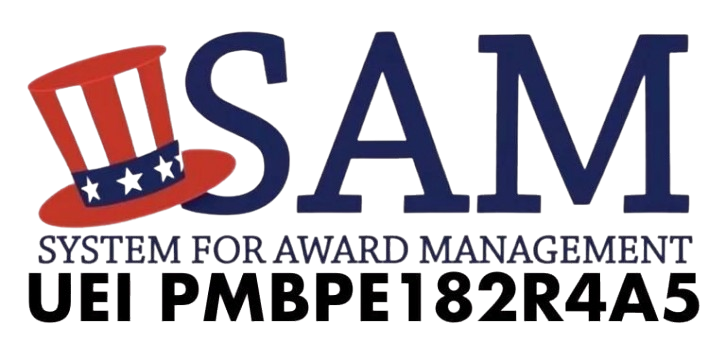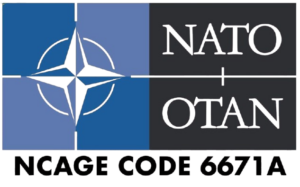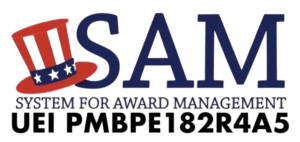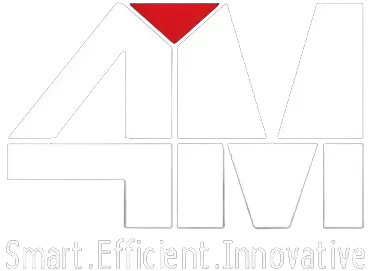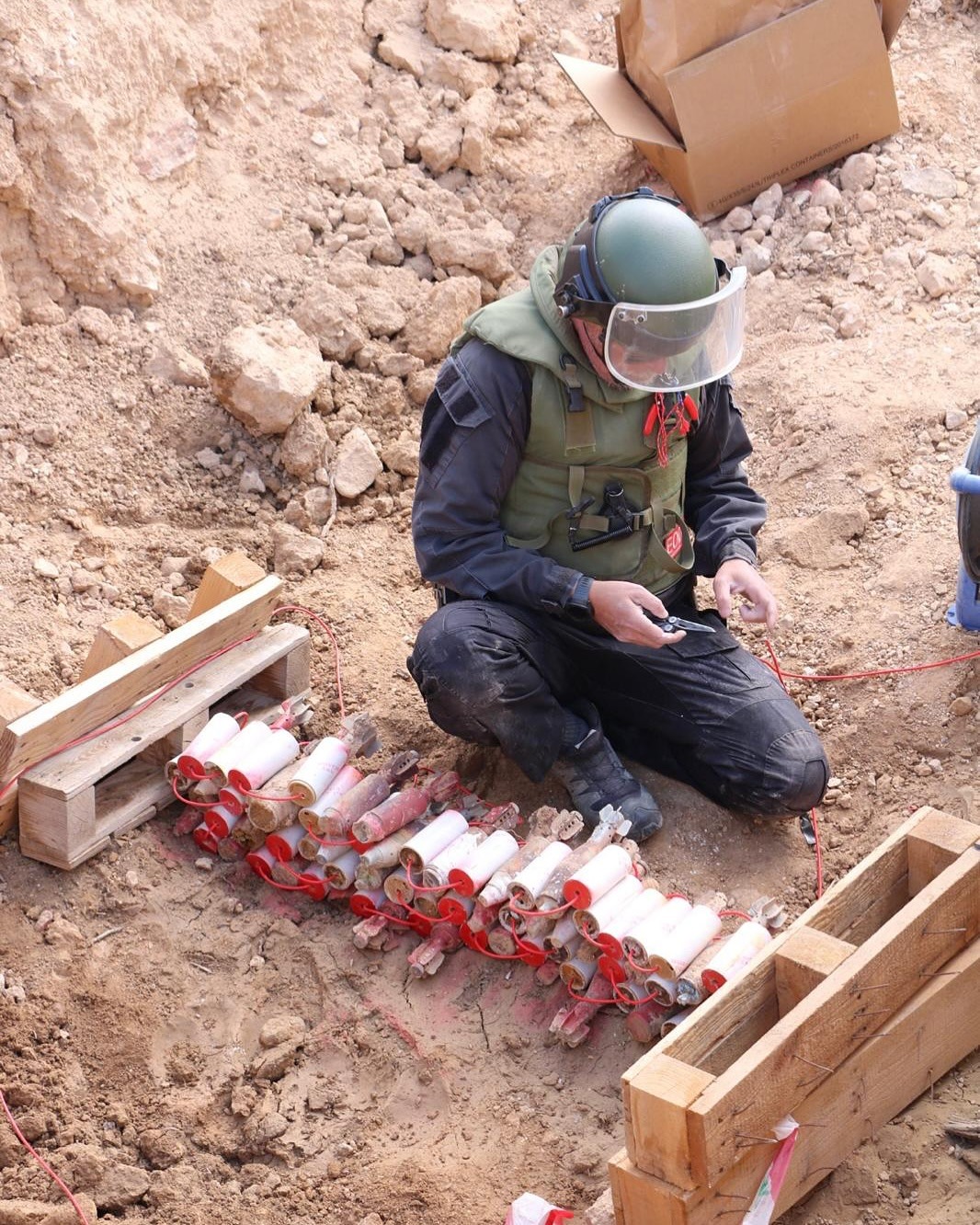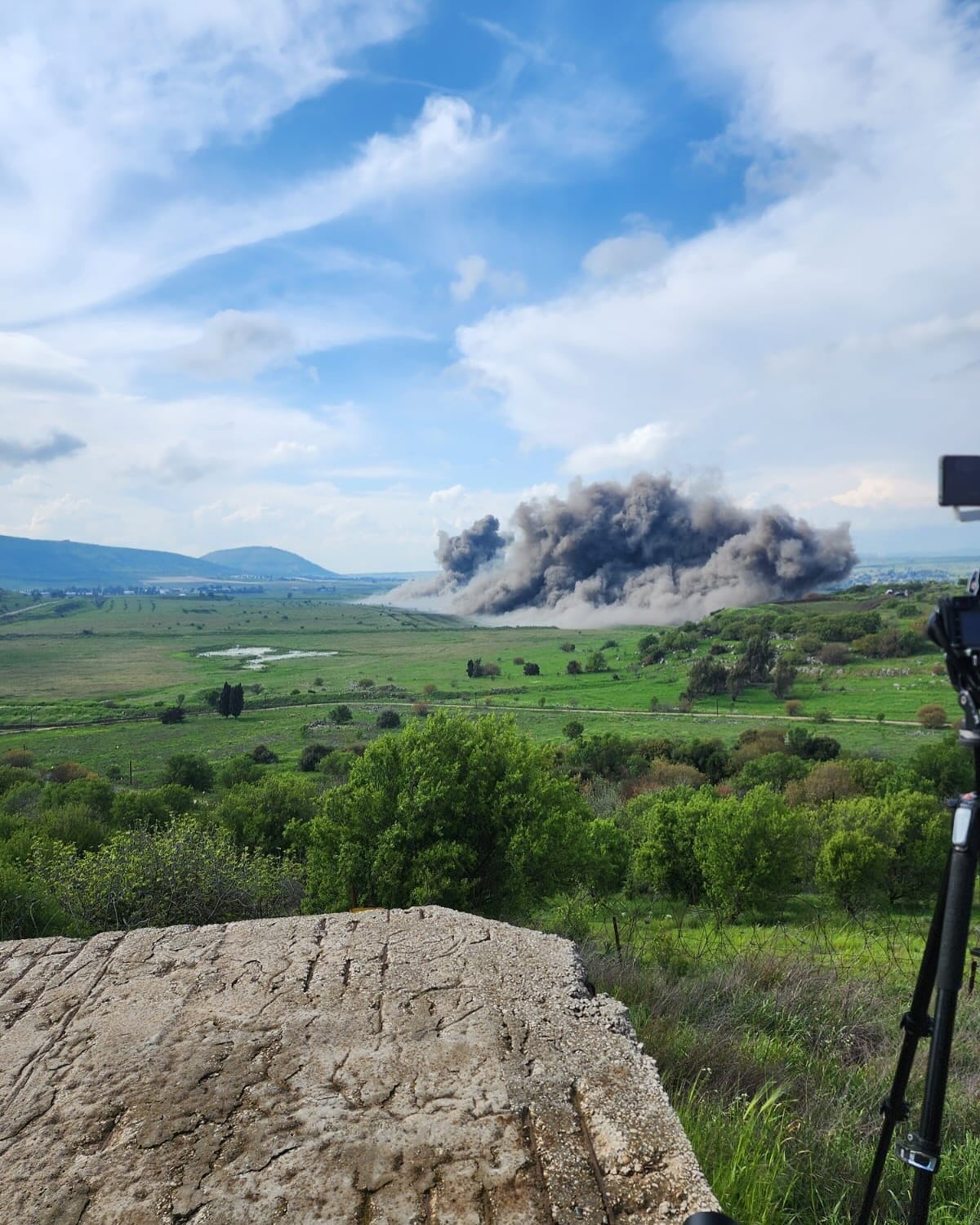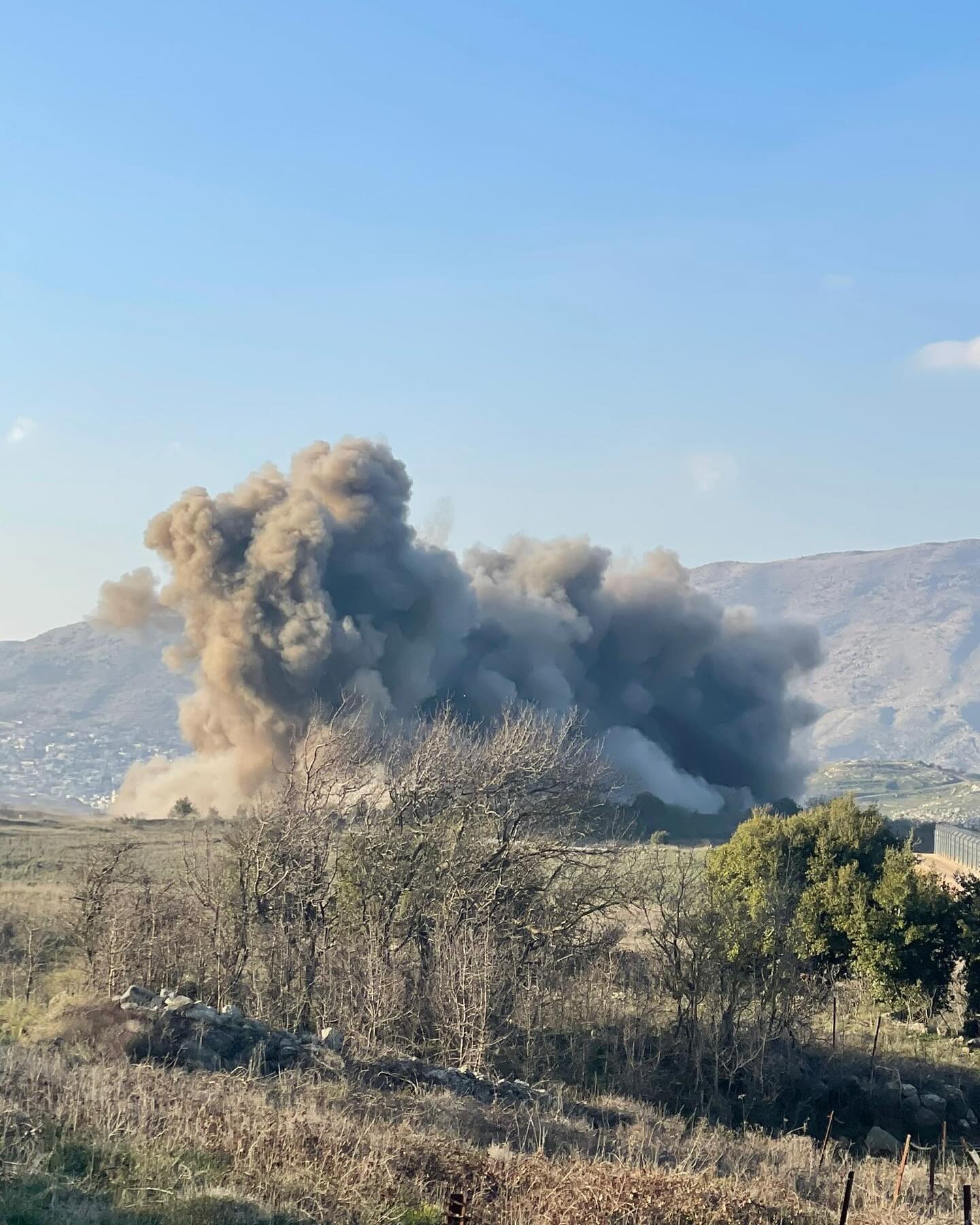In many parts of the world, from old wars, a deadly problem has emerged called land mines. They can be buried for years and still wait for explosions and destroy innocent people even after the fighting has ended. It makes it hard for communities to recover and for families to feel safe. But there’s good news!
There’s super cool stuff out there called landmine-clearing vehicles. They work very hard to look for & get rid of the mines. They are heroes and the land is back to normal & people don’t have to worry about it anymore. Let’s see how these fantastic machines are helping to make the world a better place for everyone.
Why Do You Need a Landmine Clearing Vehicle?
Saving Lives and Preventing Injuries
As you can see, this is the most important reason. Landmines don’t matter if someone walks on it, soldiers, children playing, farmers hooting their farm fields, or people just walking to school. They can cause some truly horrible injuries that could leave you permanently disabled. Sometimes for life and Landmine clearing vehicles take away all of this damage to innocent lives.
Making Land Safe for Communities
Imagine living in fear every time you go outside, or that it’s forbidden to farm, build a house, or go to school on your land. Landmines prevent access to vital resources and prevent communities from getting back to work after having died in war. These vehicles help people leave those areas safely, grow food, and build a better life.
Speeding Up Clearance
Landmine clearing by hand is incredibly slow & dangerous work. Human deminers are remarkable heroes who put their lives on the line at any moment. Landmine-clearing vehicles (usually armored or remotely controlled) can cover much larger areas more quickly and safely, so it’s quicker to get the land back into use again.
Handling Tough Terrains and Mine Types
Some landmines are intended to be challenging to detect. So, these vehicles tend to be equipped with advanced technology ( flail systems or special sensors ) to deal with different types of mines and navigate tricky terrain where human deminers may not have the most success.
Supporting Development and Peace
By clearing land, these vehicles make a direct contribution to peace and development. By opening up more fertile areas of the country for agriculture and other infrastructure projects, they can provide additional income for the region and make it a more secure and peaceful place for everyone.
Working Process Of The Landmine Clearing Vehicles!
- Surveying the Area
- Mapping: Drones may be used, or specialized mapping equipment may be used to produce a detailed map of the suspected minefield.
- Information gathering: Teams seek information from locals, old maps or records, or other means to learn where they may be hiding mines.
- Detection and Initial Contact (often the first pass):
- Heavy-duty tools: Most mine-clearing trucks are equipped with heavy-duty equipment at the front (flaps or rollers).
- Triggering mines: As the car moves around, those weapons violently smash, crush, and press down on the ground in an attempt to trigger any mines buried. The vehicle’s heavy armor prevents blasts from hitting it.
- Containment and Destruction:
- Designed to Burst: When a mine explodes, the vehicle’s relatively strong construction. Usually armored steel is designed to absorb the blast and fragments so that the machine and remote operators are not damaged.
- Clearing the Path: When the path is cleared, each explosion burns off a little bit of earth to make it safe. The vehicle then begins systematically overtaking the entire area declared space.
- Verification and Follow-Up:
- Checking the Work: Once the vehicle has passed over something, it’s essential to verify that it’s clear.
- Marking Safe Areas: Cleared areas are marked to inform local communities of safe locations to live, farm, and visit.
Challenges and Innovations in Demining Operations
Demining operations face many challenges. Most mines are hidden and/or poorly mined. They might not contain much material and might be in deep storage (e.g., underground, buried, buried by nature).
Many mines may be in rugged terrain (forests/swamps) or will be challenging to clear, causing time-consuming alarms. Mines are costly to mine and even more so when they get blown off their axis by metallic debris. Weather conditions (rainstorms, etc) often cause longer delays, sometimes also damaging equipment.
But, new technologies are making the field better. Ground Penetrating Radar (GPR) and chemical detectors (NMR/NQR) also improve detection. Robots & drones can perform dangerous tasks & map large areas.
Artificial intelligence and machine learning will enable more accurate predictions of mine locations than ever before. Better machines will be more versatile, and bio-detection techniques, such as those involving trained dogs and rats, will still be relevant. Better communication between the organizations will improve the global effort.
Get a Landmine Clearing Vehicle From 4M Defense!
Suppose you purchase a Landmine Clearing Vehicle from 4M Defense. In that case, you’re getting more than just a vehicle. You’re getting a comprehensive set of tools designed for the most demanding demining applications, from ultrasonic detection to heavy-duty mine clearing.
Sensor Drone (MagArrow II):
A drone that has an exact magnetic sensor installed that will make complex surveys much easier. The aircraft is highly lightweight and supremely aerodynamic, making it ideal for high-resolution aerial mapping of potential minefields.
Scanning Cart (UPEX® 740 M large loop):
A proven, flexible detection system for quick surface surveys. It offers deep penetration (i.e., detection of MK 82 at 3m) and can ignore small metal debris, allowing the detection process to be significantly sped up.
Armored Excavator (Bagger):
A heavy-duty tracked ram with a rotatable platform. This arm is used for digging but can be equipped with various attachments such as a pneumatic hammer, shearer, grapple, or drill. This arm may be used in multiple demining applications.
Civil Engineering (Explosive Engineers):
4M Defense has the expertise to safely plan, design, and deliver controlled demolition operations using explosives in quarrying, tunneling, and other appropriate applications in demining.
Digger (Digger DTS D250):
The “Swiss Army Knife” of mine clearance is a remotely operated tool that can be used in any terrain or type of operation. Due to the extensive range of attachable tools, the o, operator doesn’t get input themselves danger.
Digger Scraper:
A remote-controlled digger with excellent safety SCRAPPER technology. This means that the operator does not need to be inside during dangerous work.
Dappen Screening/Sifting Buckets:
Special buckets for mine and unexploded ordnance (UXO) clearance are available in various sizes. It can be fitted on blast-protected or non-protected excavators, and spare parts are readily available for uninterrupted operation.
The Bottom Line
Landmine-clearing vehicles are not just machines. They’re the engines of hope and progress in a world still reeling from war.
From laser-enhanced sensors mounted on drones to the powerful endurance of armored excavators and remote-controlled diggers, these innovations are unceasingly breaking down the horrors of landmines.
By restoring once dangerous territory to its former glory, these vehicles are not only removing explosives. They’re paving the way for communities to rebuild, for children to play with no fear, and for economies to thrive.
